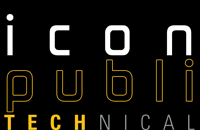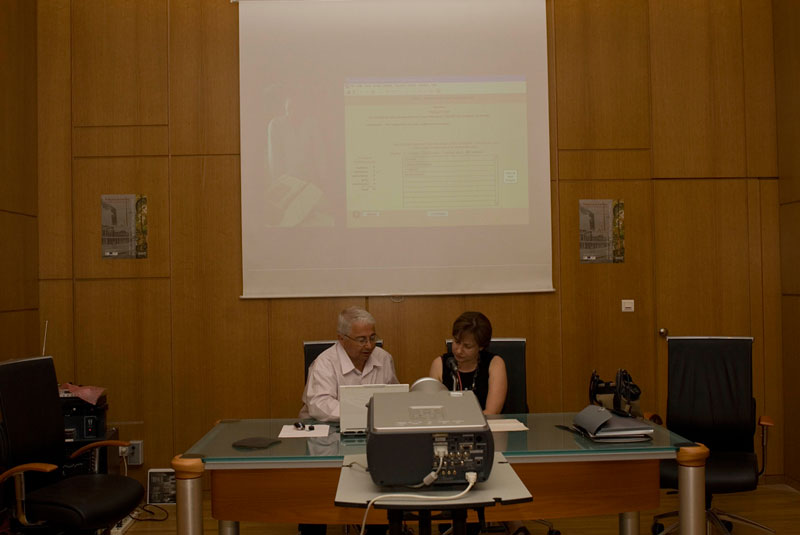
Icon Network Workshop III
Workshop III: Cleaning solutions on Byzantine icon resin varnishes

Monday 2 May 2016

|
A total of 32 participants in the Workshop III that was held in the Byzantine & Christian Museum: members of the ICON NETWORK consortium, students from the Department of Conservation of Antiquities and Works of Art of the University of Athens-Greece, professionals and students from Cyprus and United Kingdom. There were also four invited speakers, specialists in icon conservation from Poland, Bulgaria, Greece and the Czech Republic.
During the workshop we discussed the issues related to the surface cleaning of icons both in theory and practice. The questions rose regarding aesthetics, the potential loss of information and the ability to control the cleaning process adequately were posed and answered during the presentation of 40 restored icons that have been treated at the BCM laboratories. As the conservation of icons has a long story of 50 years at the BCM many different examples concerning cleaning and different schools of though were presented. In the same spirit, the invited speakers from abroad have also illustrated similar dilemmas and solutions.
The Workshop team also focused on an issue which is considered to be of major importance in our days: the technical study of the icons and the need of documented knowledge of their material structure. A special reference was made to the analytical methods used for the study of icons in the BCM. Especially for the needs of Workshop III, about 15 icons were studied by destructive and non destructive analytical methods.
The Workshop team concluded that in our days we have abandoned aggressive cleaning methods that may cause permanent alterations to the materials of the works of art. We adopt gradated cleaning adapted to the icon and its state of preservation. Despite the different techniques used for the cleaning either the icon is Russian, Greek or Moldavian we all have realised in the last several decades that what survives on the surface of the object is highly important because it includes valuable historic information. It is an integral part of the creation or even of the former restoration of the icon. Finally, we all agreed that what we actually want is the recovery of the legibility of the icon while respecting both the aesthetic and the historic characteristics of its life.
Attached documents
-
Workshop III pdf (Zip - 778.1 kb)
-
Icon Network pdf (Zip - 262.4 kb)


